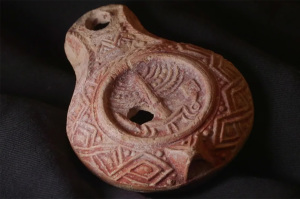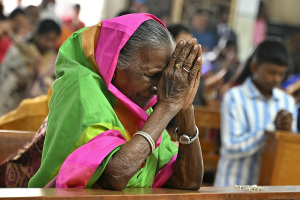World Vision Looks to New Technology to Warn Disaster-Prone Areas
World Vision plans to take advantage of a new form of technology, satellite weather warnings, in disaster-prone development areas.
The technology will give villagers a chance to react and respond before the disaster strikes.
The system works through a simple local computer network connected to television, internet and the local public address system. All weather reports are aired in local language through multiple loudspeakers during the alert, with the internet monitored for latest weather patterns.
As back up, World Space Radio technology connects the early warning centers together, enabling users to submit messages as well as send computer files. This means warnings can be communicated to many destinations even if internet communications have failed.
Once completed, it is hoped the system will cover as many as 5,800 villages in several different states of India. Disaster preparedness activities include an introduction to alternative crops and livelihoods, identification and strengthening of roads, riverbanks and buildings prone to damage, and regularly rehearsed evacuation and response plans with community volunteers.
With this year's monsoon season already causing devastation across the region, systems like these will help to protect some of India's most vulnerable communities, World Vision predicts.
In India, environmental degradation is increasing vulnerability to disasters like earthquakes, floods, cyclones and drought across the nation. In 1988, 11.2 percent of total land area was flood prone, but in 1998 floods inundated 37 percent geographical area.





























